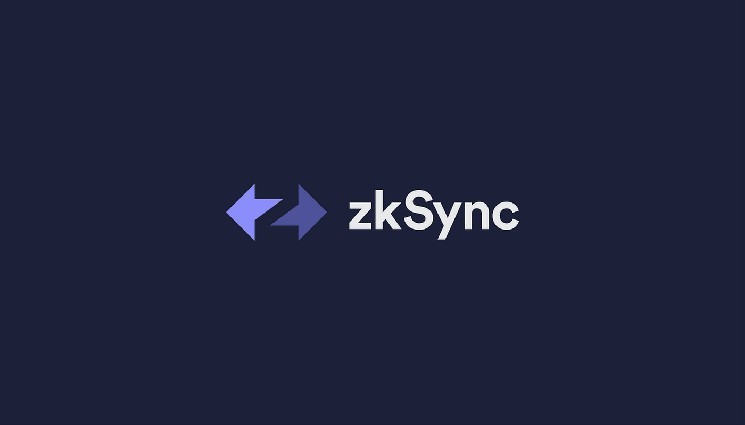- ZKsync officially launched Prividium, a blockchain built for enterprises needing secure, private, and compliant on-chain finance infrastructure.
- Prividium allows institutions to operate private chains while staying directly connected to Ethereum without third-party bridges.
ZKsync has finally released Prividium, a new blockchain platform designed for the big leagues. While blockchain technology is usually used more in the speculative crypto space, Prividium comes with a different approach—more organized, more formal, and clearly targeting large institutions.
What if a bank or financial company could manage all of its operations directly on the blockchain, but still have full control over sensitive data. That’s what Prividium offers.
1/ Introducing ZKsync Prividium: an enterprise-grade blockchain platform for secure, compliant onchain finance.
Private. Permissioned. Anchored to Ethereum.
In use by @Memento_Bc: an institutional entry point to the Elastic Network designed for compliant asset origination. 🧵 pic.twitter.com/ZojLBi3tDt
— ZKsync (∎, ∆) (@zksync) May 27, 2025
This platform allows institutions to run a private blockchain system that can still be connected to Ethereum via zero-knowledge proofs technology. This means they can still play it safe, comply with the rules, but also not be left behind in technology.
On the other hand, ZKsync ensures that network security remains solid, because every transaction is finalized on Ethereum. And what makes it interesting is that there is no need for a third-party bridge to send assets between networks.
Building Trust With On-Chain Compliance and Resilient Consensus
Prividium comes with features that companies really need, such as a ledger with access permissions, role-based control, and an on-chain identity system that supports KYC, KYB, and AML. If usually companies have to use 3-4 software for all of this, now it can be done in one integrated system.
This step also does not stand alone. In March 2025, ZKsync had already introduced ChonkyBFT, a consensus protocol that is claimed to be more efficient and resilient.
This protocol combines the approaches of FAB Paxos and HotStuff, allowing for one-slot finality and tolerance for 20% of stubborn nodes. So, even if there is a part of the network that is down or naughty, the system can still run.
Furthermore, CNF previously reported that ZKsync is now fully EVM equivalent. This means that Ethereum projects that want to move to the ZKsync network can migrate directly without having to change the code using custom tools. But of course, not everything goes smoothly.
Recent changes in security and funding have shown that ZKsync still has to strategize to stay relevant amidst increasingly fierce competition.
ZKsync Teams Up With Deutsche Bank for Real-World Adoption
What makes this project look more mature is its initial implementation with Deutsche Bank through a project called Memento ZK Chain. They began to apply the concept of more flexible, secure, but still regulated on-chain fund management. This is not a small project, considering the scale and influence of Deutsche Bank in the financial sector.
Meanwhile, talking about the future of the ZK token, analysts from Telegaon last February projected that the average price of this token could reach $0.48 in 2025 and even reach an average of $7.89 in 2030.
Meanwhile, as of press time, ZK is swapped hands at about $0.06184, down 1.09% over the last 24 hours and 7.20% over the last 7 days.














Leave a Reply